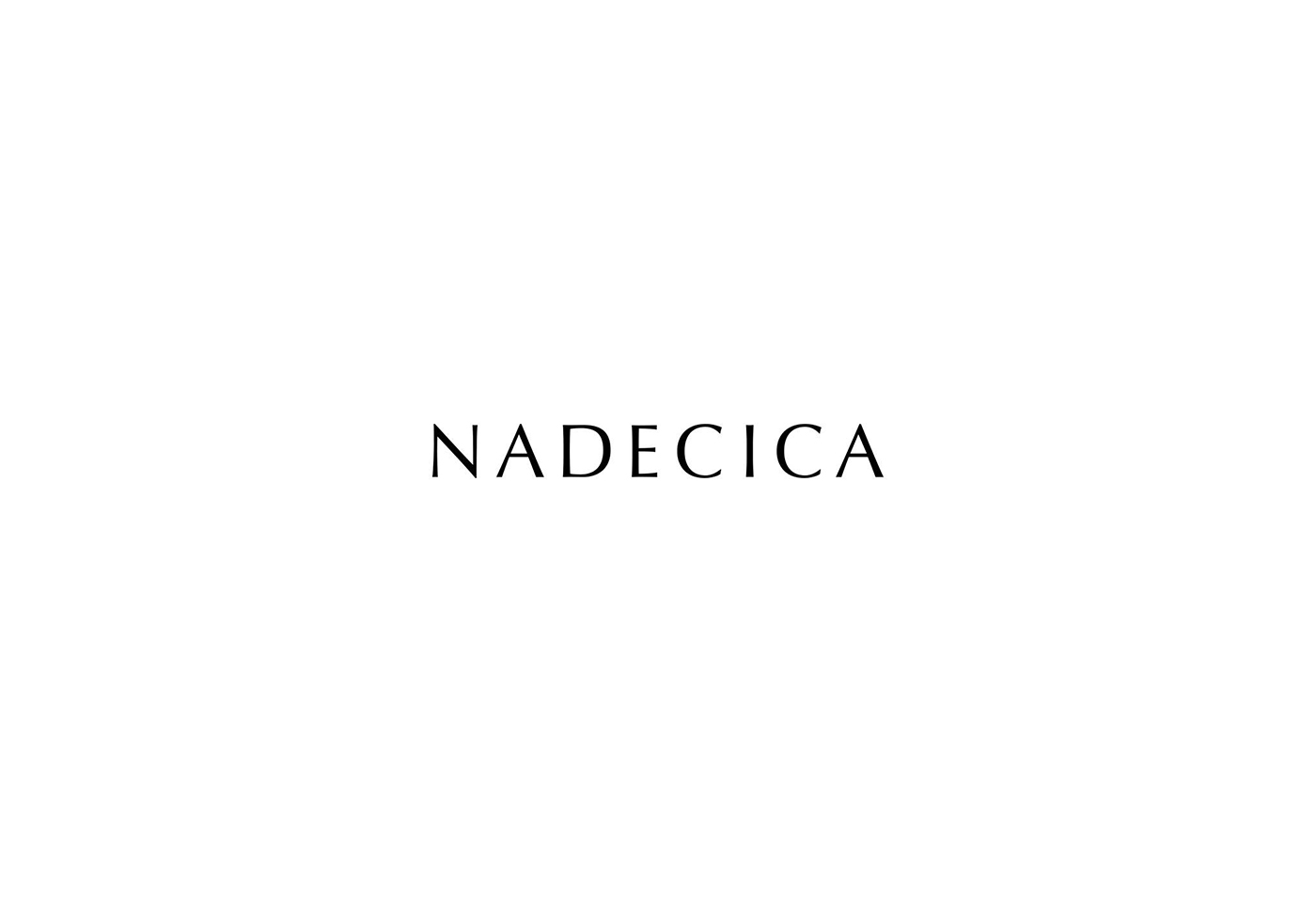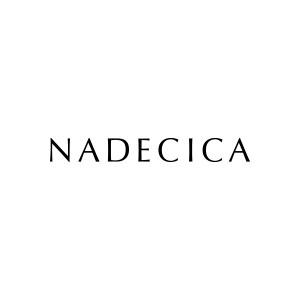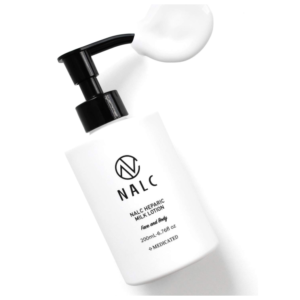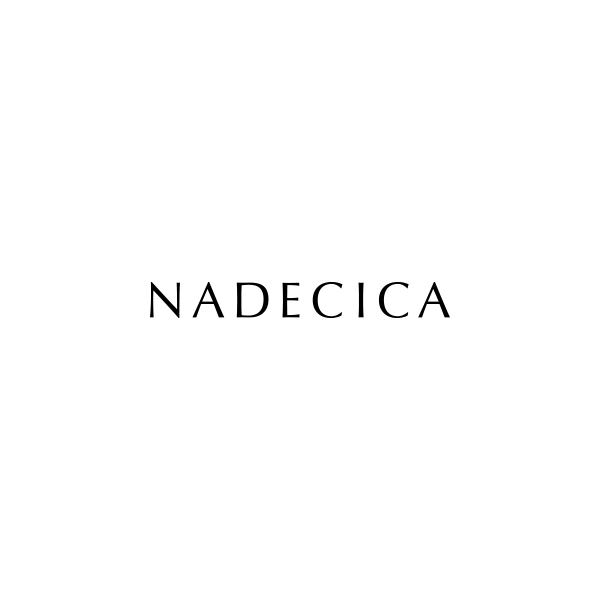目次
Although they have a retail store, the Pet Smart Corporation also manufactures large volumes of its own products, whereas H&R Block prepares taxes for individual customers. Chili’s prepares food, and its wait staff provides which transactions affect retained earnings a service, whereas Marshalls sells a variety of products at retail. Finally, after you have completed the job, it’s now time to make adjustments to your initial estimations based on the actual cost spent on the project.
- When the allocation base is known, usually when the product is completed, the overhead is allocated to the product on the basis of the predetermined overhead rate.
- The main difference between job order costing and process costing is the situations in which they are applied.
- At Finance Strategists, we partner with financial experts to ensure the accuracy of our financial content.
- With job order costing, it becomes easy for a company to quote prices that ensure profitability for the company, but low enough to give the company an edge over its competitors.
A business may use a job order costing system in one part of its facilities, and a process costing system in another part. An accountant using a job order costing system may track job-specific information on a job cost sheet, or this information may be coded into a job order database, where each job is assigned a unique identifying number. XYZ Company estimates that for the current year, it will work 75,000 machine hours and incur $450,000 in manufacturing overhead costs. The predetermined rate is a calculation used to determine the estimated overhead costs for each job during a specific time period. Construction is a typical industry where job order costing and related accounting misstatements can be used to commit fraud. To understand how a service provider uses a job order cost system, let’s consider the case of IFixIT.
The following Work in Process ledger for a single order assumes there is no beginning inventory and illustrates the three debits that represent the three costs of production. In most cases, the actual costs of a job order or project are only known after the job has been completed. With process costing, on the other hand, since the cost doesn’t keep changing from one product to the next, there isn’t need for such a high level of record keeping. Once you’re done with this step, you’ll have an accurate idea of the final cost of production.
Once the direct and indirect costs are calculated, they’re added together and submitted to the client to give a quote for the job. If the customer is satisfied with the quote they can place the order and the production can begin. During the manufacturing process, each job is assigned a unique production number and will be identified by this number until the job is completed. The material cost is the cost incurred for purchasing materials that are essential for the manufacturing process. These costs are classified as direct or indirect costs based on their traceability to the product.
Job-order costing LO1
The problem with job order costing is that it can get very costly because it assigns product costs using a more complex allocation system, usually requiring more detailed data for each job. This rate is used to charge the factory overhead to the jobs worked on during the month. The number of direct labor hours used on the jobs is the basis of such allocation. You’re going to need to calculate the cost of each product individually to know how much you need to charge your customer to make a profit.
- These costs include the cost of manufacturing equipment, the electricity used to run the equipment, utility bills, and depreciation of machines.
- This can be provided to the accounting department, who can then properly allocate all of the costs to a job.
- It includes expenses like the electricity bill, janitorial supplies, depreciation of the machines used, depreciation of the land where the manufacturing facility is located, and property taxes.
Job order costing helps you calculate the entire cost of the job in a step by step. This method enables you to find out errors, decide if the job is profitable, finding areas for process improvement, monitoring fixed asset usage and creating more accurate quotes for future jobs. It is a highly efficient costing method for a manufacturer who produces a multitude of products different from one another. Direct labor is the cost of the employees who are directly involved in the product’s production process.
Video Illustration 2-5: Computing multiple predetermined manufacturing overhead rates LO6
Job order costing is a costing method which is used to determine the cost of manufacturing each product. This costing method is usually adopted when the manufacturer produces a variety of products which are different from one another and needs to calculate the cost for doing an individual job. Job costing includes the direct labor, direct materials, and manufacturing overhead for that particular job. Going back to our silk screen company example, first the cost of the t-shirts would be tracked (material costs). Second, the time that it takes designers to create the t-shirt design and printers to make the screens and print the shirts would be tracked (labor costs). Third, the ink and materials used to make the screens would be accounted for (overhead costs).
Just-In-Time: History, Objective, Productions, and Purchasing
The source documents for the job cost sheet are material requisition slips, labor time tickets, and the predetermined overhead rate. It helps the company make estimates about the value of materials, labor, and overhead that will be spent while doing that particular job. Efficient job order costing helps companies to create quotes that are low enough to be competitive but still profitable for the company. To maximize revenue, businesses can use this information to make educated decisions about which jobs to accept, how much to charge, and how to distribute resources. Process costing and job order costing are both acceptable methods for tracking costs and production levels. Some companies use a single method, while some companies use both, which creates a hybrid costing system.
Information Tracked by a Job Order Costing System
The silk screen company will charge the customer a standard price and print the t-shirts. If the production processes go according to budget, the silk screen company will be able to print the t-shirts for less than the selling price. In order to calculate accurately, we will need materials, direct labor, and factory overhead costs. Under this system, costs are assigned to jobs based on the number of direct labor hours required to manufacture each job. Prior to the sale of the product, separating production costs and assigning them to the product results in these costs remaining with the inventory.
Video Illustration 2-4: Completing a job cost sheet LO5, LO7
A batch order might be processed for a home builder who is constructing 10 identical homes and therefore requires 10 of the same sets of cabinets. Each single or batch order is referred to as a job and is assigned a unique identification number, such as “Job 15”. In this article, we’re going to look at the definition of job order, its importance, how to calculate job order costs, and everything else you need to know about job order costing. While the job is being performed, you need to maintain a job cost sheet to track the actual material and labor being used. This sheet will help you evaluate if the actual cost of doing the job differs from your estimate.
Job order costing requires that the cost of each aspect of production is recorded separately. For instance, when manufacturing the iPhone 12, the production costs for Apple are the same for each unit of the iPhone. In such situations, the best method for tracking production costs is process costing.
















